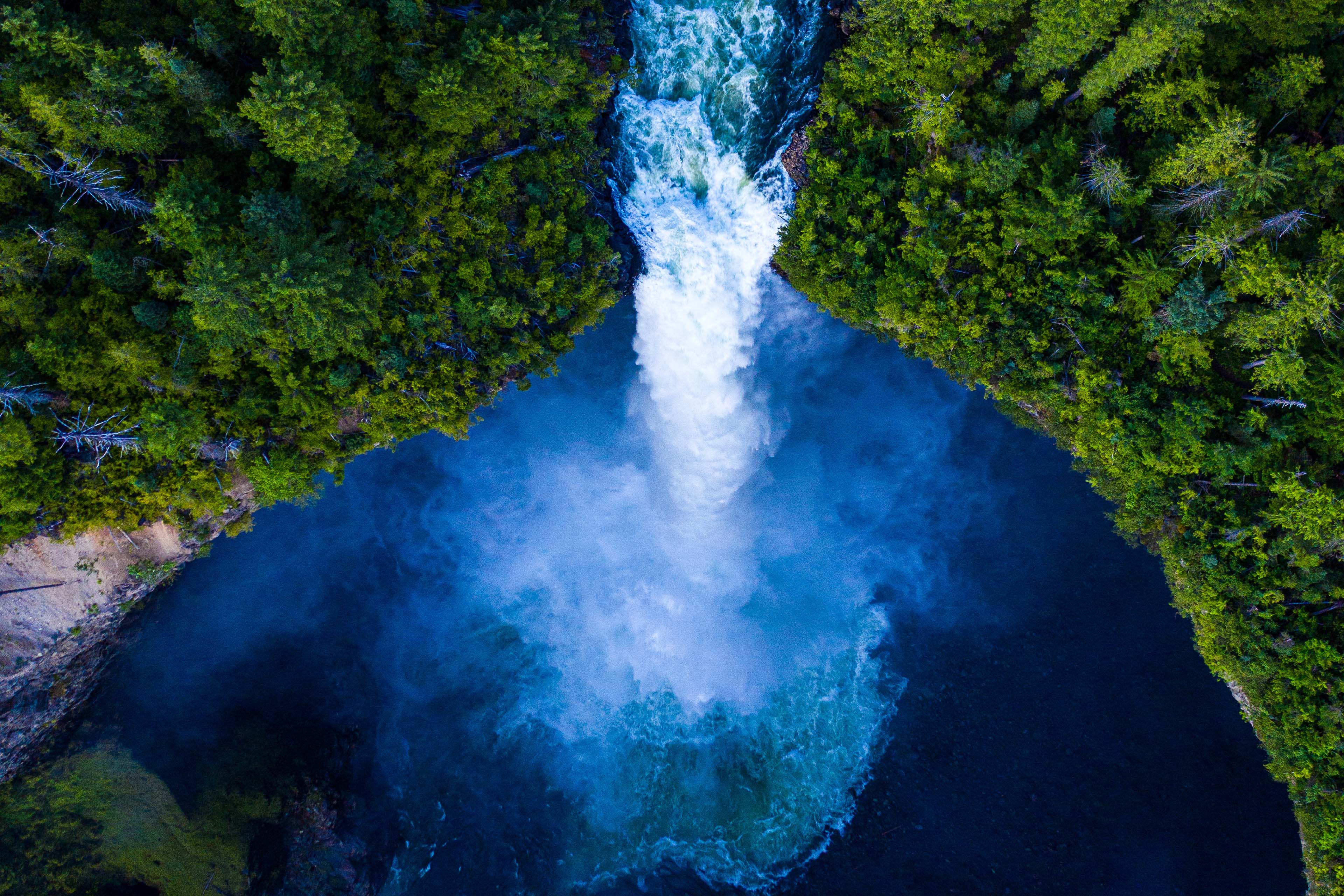EY refers to the global organization, and may refer to one or more, of the member firms of Ernst & Young Global Limited, each of which is a separate legal entity. Ernst & Young Global Limited, a UK company limited by guarantee, does not provide services to clients.

Australia holds its place among the world’s top 10 renewable energy markets, and addressing three challenges could catapult it into the top spot.
In brief
- Australia's sixth place in EY's RECAI 60 reflects shifts in government policy, growing investment in skills and technology, and a new level of collaboration across the economy.
- But three big challenges must be addressed before Australia elevates its RECAI ranking and seizes the top spot as the world’s renewable energy superpower.
In late October, Australia passed a momentous milestone. For the first time, renewable energy penetration reached two-thirds of the Australia’s National Electricity Market. Although this was for a short interval, it was a glimpse of what our future will be as we progress through the decarbonisation journey.
Energy decentralisation and decarbonisation have captured headlines and political headspace in Australia for decades. But now, as markets rapidly integrate renewables and improve grid flexibility, and as governments step up their regulation in response to climate change and to strengthen national energy security, Australia is poised for real progress.
“Poised” is the operative word, as Australia’s sixth position in the EY Renewable Energy Country Attractiveness Index, or RECAI 60, remaining static since RECAI 59 was published in May.
The signs of the times are certainly positive. The new Australian Government has committed to cutting greenhouse gas emissions by 43% by 2030 — a step change towards its Paris Agreement target and net zero emissions by 2050 target.
October’s Federal Budget committed close to $25 billion to renewable energy spending, including $20 billion in low-cost finance for the urgent upgrade and expansion of Australia’s electricity grid. Cuts to tariffs and taxes promise to accelerate the uptake of electric vehicles, alongside an investment in charging infrastructure that will see charging points every 150 kilometres along the national road network.
The Albanese Government has also established a ‘coalition of the willing’ — the Energy National Cabinet Reform Committee and the Energy Ministers’ Meeting — to collaborate across state and federal governments on priority issues and key energy sector reforms.
State governments are driving towards decarbonisation at speed. In September, the Queensland Government announced a $62 billion clean energy plan, including the world’s biggest pumped hydro storage facility and a promise that 80% of the state’s power will come from renewable sources by 2035.
The Victorian Government has vowed to install 6.3GW of energy storage within 13 years. This is the nation’s largest storage target to date and will be sufficient to power half of Victoria’s homes at peak times.
Tasmania already draws 100% of its electricity from renewables and has legislated 200% renewables by 2040. In addition, a new offshore wind project in the Bass Strait is taking shape that, once complete, will generate up to 1,000 megawatts of energy — enough energy to power 325,000 homes.
And New South Wales is set to be the first Australian state to treat carbon dioxide and greenhouse gases as pollutants, which will put further pressure on industries to cut emissions.
“State governments have driven the transition to date, but the Commonwealth is catching up fast. The stars are now aligning to decarbonise the grid at speed.” Blair R Comley, EY Net Zero Centre Leader and Partner, EY Port Jackson Partners.
Australia is also awash with capital ready to fund the energy transition. Twelve months ago, there was capital but also caution. But shifts in government policy have bolstered confidence, and global and local funds are pouring money into renewable energy projects. The first tenders under the NSW Government’s Electricity Infrastructure Roadmap, for instance, attracted more than 5.5GW of wind and solar projects, and more than 2.5GW of long duration storage – around six times the amount sought in the first tender.
A new spirit of collaboration has enabled Australia to maintain its sixth spot in RECAI 60’s ranking. Transitioning to cost-competitive and reliable renewables is an essential precondition for Australia to emerge as a global renewable energy superpower. But can Australia capture this opportunity? Transforming our electricity system will require action on multiple fronts, such as continued design of legislative and regulatory frameworks to enable transition, investment, and delivery of the required transmission infrastructure. Three other crucial ingredients are at risk of being overlooked:
1. Skills to deliver step change
The Australian Energy Market Operator’s 2022 Integrated System Plan outlines the case for an additional 141 gigawatts of large-scale wind and solar capacity, 63 gigawatts of battery storage and pumped hydro capacity and 69 gigawatts of small-scale solar and household batteries by 2050. This investment reflects a massive step change in the deployment of renewable energy that will require skilled people to turn ambition into action.
The October Federal Budget earmarked $62 million for upskilling, including funding for 10,000 apprenticeships as part of a $100 million commitment over ten years. But the scale of the energy transition demands integrated national policy and planning between governments, the education sector, migration agencies and the private sector. New talent attraction, education, retraining and migration policies will be required to build on the current levels of confidence and assure people there will be jobs and opportunities in clean energy for decades to come.
2. A sophisticated grid powered by smart technology
The investment in physical infrastructure is important. But intermittent renewables that feed in power only when the sun is shining, or the wind is blowing are challenging because they disrupt the traditional methods for managing the grid. Achieving cost-competitive and reliable power with near-zero carbon will require both substantial new storage and, crucially, a critical mass of smart technology.
From smart meters that help customers monitor their electricity usage to automation that isolates local faults before shutting down an entire network, digital technology will help us respond quickly to electricity demand and supply changes.
3. Best-in-class cybersecurity to minimise risks
Distributed energy resources (DER) – those units located on the consumer's side of the meter like rooftop solar, smart meters, battery storage or electric vehicles and chargers – are changing the way Australia produces and manages electricity. Australia is blessed with the space to grow this DER network. But DER ecosystems are increasingly interconnected, making them vulnerable to cyberattacks.
The spate of recent cyber incidents in Australia has exposed the risks and magnified the importance of robust cybersecurity. In March 2022, the Australian Parliament passed the Security Legislation Amendment (Critical Infrastructure Protection) Act 2022.
But protecting critical equipment – from power plants and electricity grids to pipelines and cloud systems – will become more challenging as it increasingly relies on internet connectivity. The use of Internet of Things devices like smart meters increases the potential attack surface area, especially as many of these devices are poorly configured and managed. Therefore, adoption of smart grid technologies must be complemented with best-in-class cybersecurity.
We are seeing glimpses of how the renewable energy transition can transform Australia’s economy. This transformation is underway at a volatile and unpredictable time. But with a strategic approach to skills, smart technology and cybersecurity, Australia can step up to become a renewable energy superpower.
Download the RECAI top 40 ranking (pdf) to discover technology-specific scores, to check out the methodology for and understand how ranking and scores are determined.
Summary
We are seeing glimpses of how the renewable energy transition can transform Australia’s economy. This transformation is underway at a volatile and unpredictable time. But with a strategic approach to skills, smart technology and cybersecurity, Australia can step up to become the world’s renewable energy superpower.
Related article
How can carbon offsets create new value in a rapidly changing world?
Net zero emissions cannot be achieved without carbon credits, but the volume of credits required to meet climate targets could grow by 40-fold between now and 2035.



